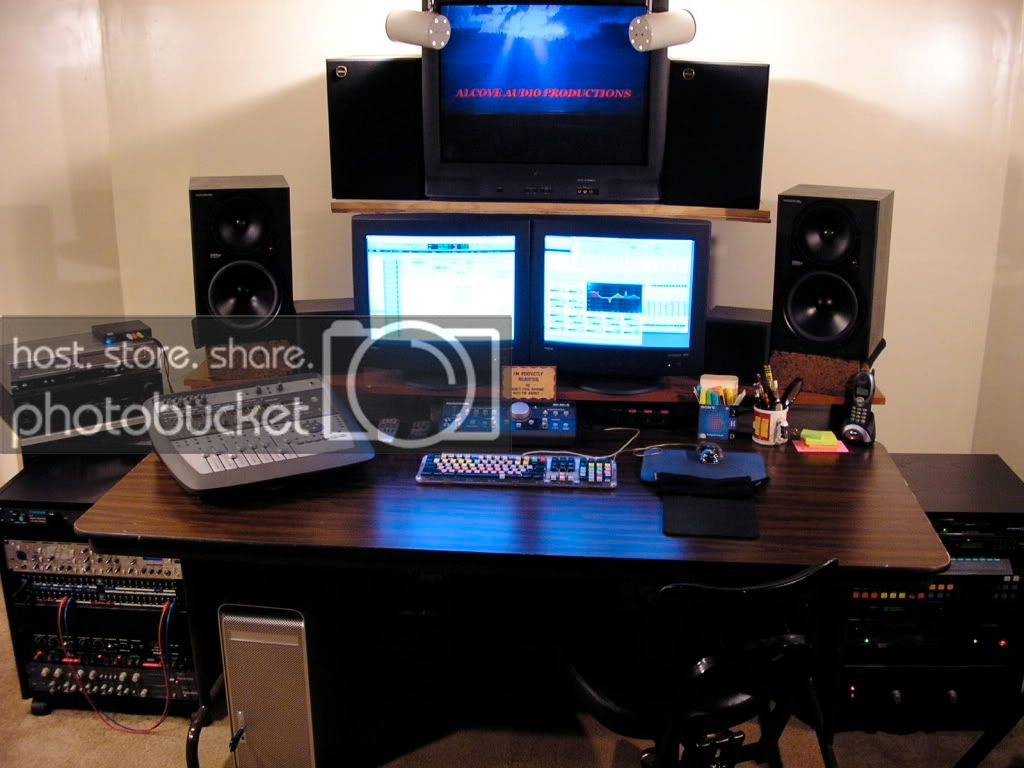Hey, all. Days from wrapping my film, I wanna plan out my Plan B besides sending off to film festivals. Distribber is very interesting to me and I'd like my film to be on iTunes. But I don't understand this HD audio requirement:
I use Final Cut Pro and this audio speak is like a foreign language to me. What does it want me to do! Lol. If someone can break it down for me, that'd be awesome. Thanks!
If someone can break it down for me, that'd be awesome. Thanks!
This is the film I'm trying to make "happen." Is the audio not up to par?
https://www.youtube.com/watch?v=cUom-SuEd0k
Audio: Must have 8 channels of audio
5.1 – L, R, C, LFE, Ls, Rs / PCM Little Endian / Each audio channel needs to be its own track
Ch. 7 stereo left, Ch. 8 stereo right / PCM Little Endian / Each audio channel needs to be its own track
I use Final Cut Pro and this audio speak is like a foreign language to me. What does it want me to do! Lol.
 If someone can break it down for me, that'd be awesome. Thanks!
If someone can break it down for me, that'd be awesome. Thanks!This is the film I'm trying to make "happen." Is the audio not up to par?
https://www.youtube.com/watch?v=cUom-SuEd0k






 , I'm not sure your solution would work in practice because the specifications specifically states "Must have 8 channels of audio", whereas your solution is of course really 2 channels of audio copied across 4 channels. You might get away with it but I would definitely check first. I've never dealt with iTunes but audio post specifications for other companies and broadcasters have, in my experience, to be followed to the letter.
, I'm not sure your solution would work in practice because the specifications specifically states "Must have 8 channels of audio", whereas your solution is of course really 2 channels of audio copied across 4 channels. You might get away with it but I would definitely check first. I've never dealt with iTunes but audio post specifications for other companies and broadcasters have, in my experience, to be followed to the letter. 



